Granite Stone Cookware Safety: Your Guide to Non-Toxic Kitchen Essentials
Are you concerned about the safety of your cookware? You’re not alone. I remember when I first questioned the materials in my kitchen, driven by a desire to protect my family and the planet. With growing awareness, many of us are now wondering: Is granite stone cookware truly non-toxic, or are there hidden risks?
Granite stone cookware is celebrated for its sleek look and non-stick features, often seen as a healthier choice. But what is it really made of, and why do so many prefer it? In this guide, I’ll share what I’ve learned about its composition, safety, and care, ensuring you feel confident in your kitchen choices. Let’s explore together, making informed decisions for a healthier home.
Safety Concerns with Granite Stone Cookware
Granite stone cookware is often praised for its safety and non-toxic properties, but it’s essential to look deeper into what makes it safe and how to ensure you’re choosing the right products for your kitchen.
Chemical Composition and Safety
Granite stone cookware is frequently advertised as a non-toxic choice for home cooks. Its non-stick surface is usually free from harmful chemicals like PFOA, PFAS, and PFOS, which have been associated with health risks. The mineral-based coating is non-porous and inert, ensuring that it doesn’t leach materials into your food, thus preserving the quality of your meals.
However, a word of caution: some brands may include PTFE, known as Teflon, in their coatings. While PTFE is considered safe at lower temperatures, it can emit harmful toxins if heated above 400°F. To ensure safety, it’s wise to verify that your cookware is both PFOA-free and PTFE-free. This diligence can make all the difference in maintaining a toxin-free kitchen environment.
Potential Risks and How to Avoid Them
Even though granite stone cookware is generally deemed safe, there are potential risks to be aware of. Variations in production quality and the presence of harmful chemical coatings can pose health hazards. Additionally, using metal utensils might cause the coating to chip or flake, compromising safety.
To reduce these risks, consider using utensils made from nylon, silicone, or wood. Cooking at moderate temperatures is also advisable to avoid overheating and the release of toxins. Choosing reputable brands and verifying the composition of the granite-like coating can further ensure the safety of your cookware.
Brand-Specific Safety Considerations
The safety of granite stone cookware can vary significantly between brands, often due to differing marketing claims and the risk of greenwashing. Some brands might still use harmful chemical coatings, so it’s crucial to research brand-specific safety information thoroughly. Look for certifications or clear claims that the cookware is PFOA-free and PTFE-free.
If you’re concerned about chemical exposure, consider ceramic cookware as an alternative. It doesn’t contain potentially toxic fluorinated compounds, offering a safer option for those prioritizing health and environmental sustainability.
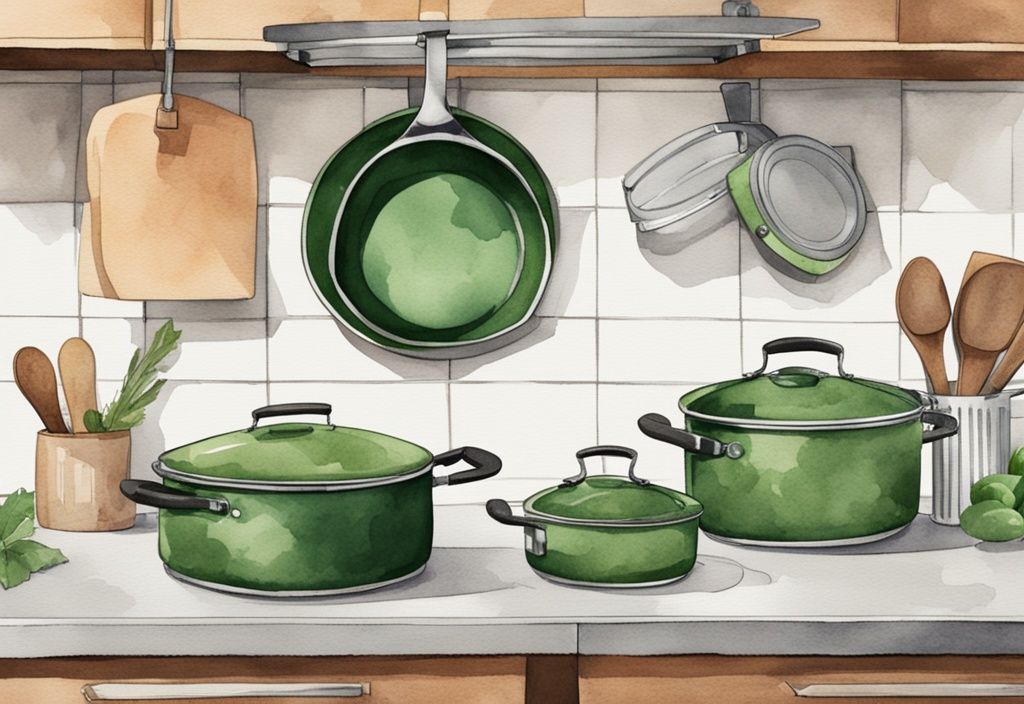
Understanding Granite Stone Cookware
Granite stone cookware has become a beloved choice in many kitchens, celebrated for its unique blend of style and practicality. This cookware isn’t made from pure granite, despite what its name might suggest. Instead, it features an aluminum core with a granite-like coating. This design gives it a speckled appearance, reminiscent of natural granite, and offers the added benefit of being lightweight. This makes handling and cleaning a breeze. Its surface is crafted to resist scratches, ensuring it stands up to the rigors of daily use.
What is Granite Stone Cookware?
Granite stone cookware is a delightful kitchen companion, known for its blend of aesthetic appeal and functionality. The aluminum core ensures excellent heat distribution, which means your food cooks evenly with fewer hot spots. The outer granite-like coating, often made from porcelain enamel and food-safe natural stone, enhances its durability and provides a non-stick surface. This non-stick quality is achieved without additional chemical coatings, making it a safer option for those of us who are health-conscious.
Materials and Composition
The heart of granite stone cookware is its aluminum core, celebrated for its ability to spread heat evenly. This means your culinary creations are less likely to suffer from uneven cooking. The outer layer, a granite-like coating, is crafted from porcelain enamel and high-grade natural stone. This combination not only boosts durability but also ensures a non-stick surface. The non-stick nature comes from the stone itself, eliminating the need for extra chemical coatings, which is a win for those seeking safer cooking options.
Common Misconceptions
There are a few myths about granite stone cookware that I often hear. One is that it’s made entirely from granite, which isn’t true. It’s a composite material. Concerns about safety usually stem from misinformation. When used correctly, granite stone cookware is generally safe. It’s vital to remember that while it’s versatile, it’s not meant for oven use beyond certain temperatures. Misunderstandings about its heat tolerance can lead to misuse, so always follow the manufacturer’s guidelines to ensure both safety and performance.
Proper Usage of Granite Stone Cookware
Granite stone cookware is a fantastic addition to any kitchen focused on non-toxic living. Its design supports safe cooking practices while offering versatility and durability. Let’s explore how to use it effectively.
Recommended Cooking Techniques
Granite stone cookware truly shines when used for low to medium-heat cooking. This approach ensures even heat distribution, which is perfect for a variety of dishes and helps avoid those pesky hot spots. You can even pop it in the oven, as it’s safe up to 400°F. However, it’s important to steer clear of extremely high temperatures to prevent cracking or warping. By sticking to moderate heat, you’re not only preserving the cookware’s integrity but also aligning with your commitment to a non-toxic lifestyle.
Suitable Utensils for Use
To keep the non-stick surface of your granite stone cookware in top shape, opt for utensils made from nylon, silicone, or wood. These materials are gentle and help maintain the coating’s longevity. Metal utensils, although tempting, can scratch or damage the surface, which might compromise the cookware’s safety. For those wondering about the environmental impact of their kitchen waste, it’s worth exploring what is compostable food to understand how to reduce waste effectively. By choosing the right utensils, you’re ensuring that your kitchen remains a safe haven for non-toxic cooking.
Temperature Guidelines
When cooking with granite stone cookware, temperature awareness is key. Sticking to moderate heat not only protects your cookware but also ensures safe cooking practices. Remember, while the cookware is oven safe up to 400°F, it’s crucial not to exceed this limit. By following these guidelines, you can enjoy the benefits of granite stone cookware while keeping safety and non-toxic living at the forefront.
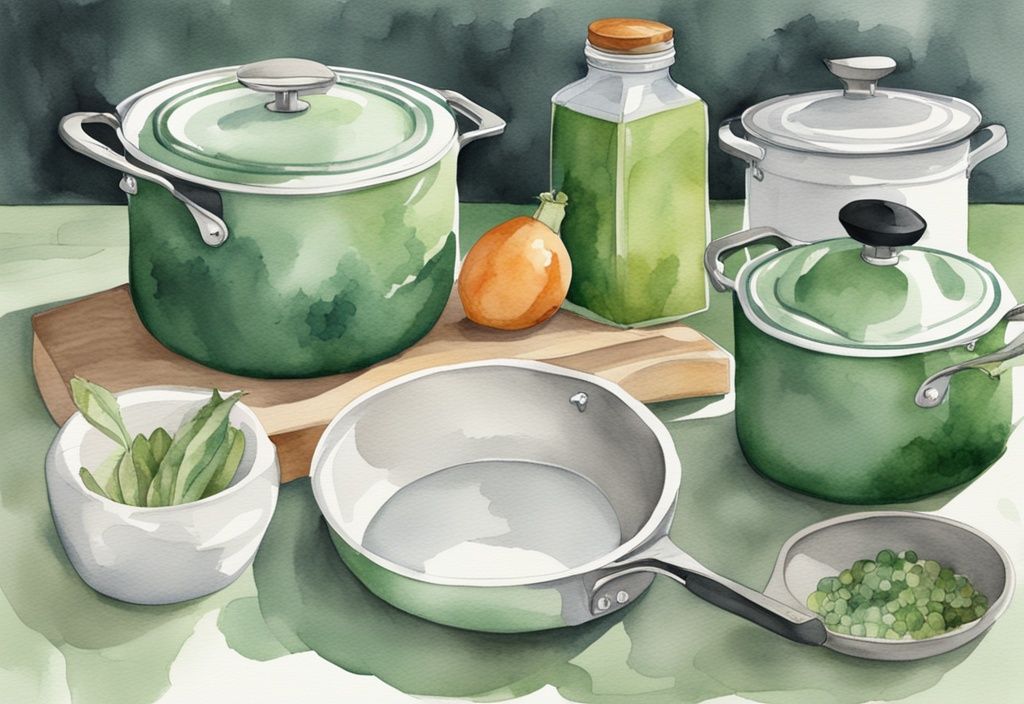
Maintenance and Care Tips
Ensuring the safety of your granite stone cookware involves thoughtful maintenance and care. By adopting some simple habits, you can keep your cookware in top condition, providing a safe cooking experience for years.
Cleaning and Preservation
In my journey towards a non-toxic kitchen, I’ve found that handwashing is a gentle yet effective way to care for granite stone cookware. This method preserves the non-stick coating, which is key to its safe use. I always opt for mild detergents and steer clear of abrasive tools to protect the coating’s integrity. These small steps have made a big difference in extending the life of my cookware, ensuring it remains a trusted ally in my kitchen.
Storage Best Practices
Proper storage is another crucial aspect of keeping your granite stone cookware safe. I use soft cloths or separators between stacked items to prevent scratches. Ensuring that each piece is completely dry before storing helps avoid moisture damage, which could compromise the cookware’s safety over time. These practices have become second nature, and they truly help in maintaining the quality and safety of my cookware.
Extending the Lifespan of Your Cookware
Regular checks for wear and tear, like chipping or flaking, are part of my routine. If any damage appears, I replace the cookware to maintain safety. Using gentle cleaning methods and the right utensils has helped me enjoy the benefits of my granite stone cookware for longer. This mindful approach not only keeps my kitchen safe but also aligns with my commitment to a healthier lifestyle.
FAQ
Exploring the world of granite stone cookware can feel like a journey into safer cooking. Let’s dive into some common questions to ensure your kitchen remains a health haven.
Is granite stone cookware non-toxic?
Absolutely, granite stone cookware is typically non-toxic and free from lead, providing peace of mind that no harmful substances will leach into your meals. Its mineral-based surface is crafted to be inert, making it a safe choice for preparing food.
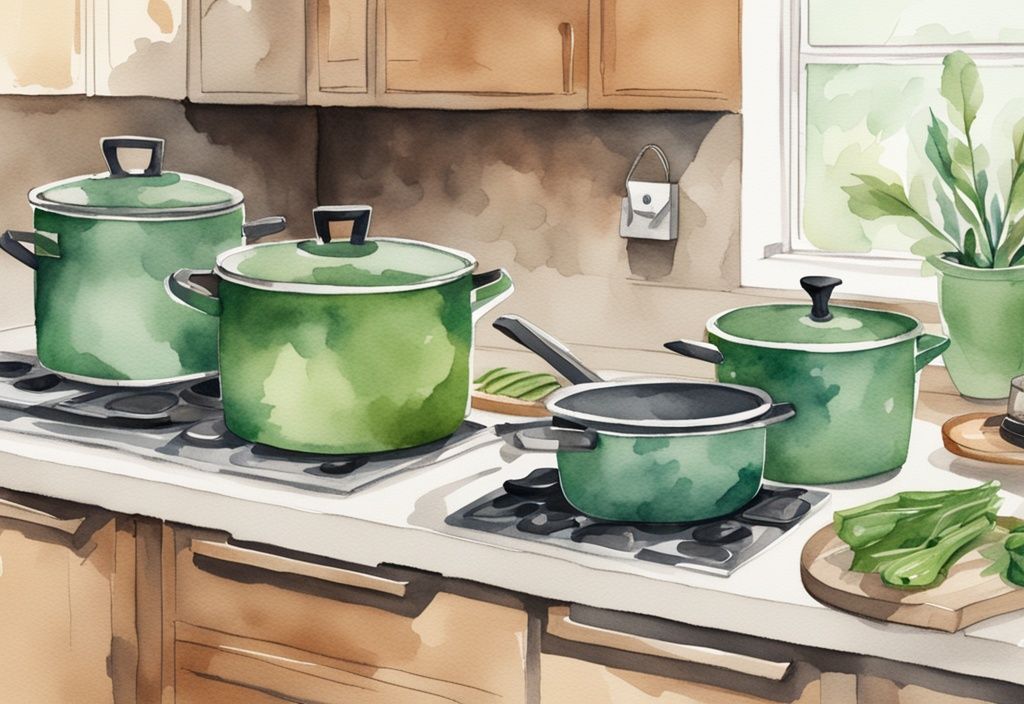
Can granite stone cookware be used on induction cooktops?
Indeed, granite stone cookware is designed to work on various cooktops, including induction. Its ability to distribute heat efficiently makes it a versatile option for different cooking surfaces, enhancing your culinary adventures.
Is granite stone cookware dishwasher safe?
While some granite stone cookware can handle the dishwasher, handwashing is often best. This gentle approach helps preserve the non-stick coating and extends the cookware’s lifespan. Always refer to the manufacturer’s guidelines for specific care tips.
What should I do if my granite stone cookware starts to chip?
If you notice chipping, it’s wise to stop using the cookware to prevent any safety concerns. Chipping can affect the non-stick surface, so replacing it ensures your cooking remains safe and delightful.
How can I ensure my granite stone cookware is safe?
To keep your cookware safe, opt for reputable brands and confirm they are free of harmful chemicals. Using gentle utensils and cleaning methods will help maintain the non-stick surface, prolonging the life of your cookware and keeping your kitchen a healthy space.
Conclusion
Granite stone cookware can be a safe and efficient choice for your kitchen, especially when used and cared for properly. The secret to its safety lies in understanding the quality of the coating. Many options on the market are free from harmful chemicals like PFOA and PFAS, making them a non-toxic choice for those of us who are health-conscious. However, it’s important to verify these claims by choosing reputable brands that prioritize safety in their manufacturing.
Using granite stone cookware correctly is crucial for its safety and longevity. Cooking at moderate temperatures and steering clear of metal utensils can help maintain the non-stick surface, reducing the risk of toxin release. Remember, not all products are created equal. It’s wise to research and select brands that are transparent about their materials and safety certifications. This can ensure a safer cooking experience.
Despite its many benefits, granite stone cookware requires careful maintenance to maximize its advantages. Handwashing with gentle detergents and using non-abrasive tools can preserve the non-stick coating. Proper storage, like using soft cloths between stacked items, can prevent scratches and extend the cookware’s lifespan. By focusing on these practices, you can enjoy the benefits of granite stone cookware while keeping your kitchen safe and healthy.
Hi, I’m Olivia Green, the voice behind nontoxicways.com. I’m passionate about helping you make the shift to a healthier, non-toxic lifestyle without feeling overwhelmed. I love sharing my personal journey, from small changes to big transformations, along with practical tips that make it all feel doable. My goal is to inspire and guide you toward a lifestyle that benefits both your well-being and the planet. Let’s take this journey together, one simple step at a time!

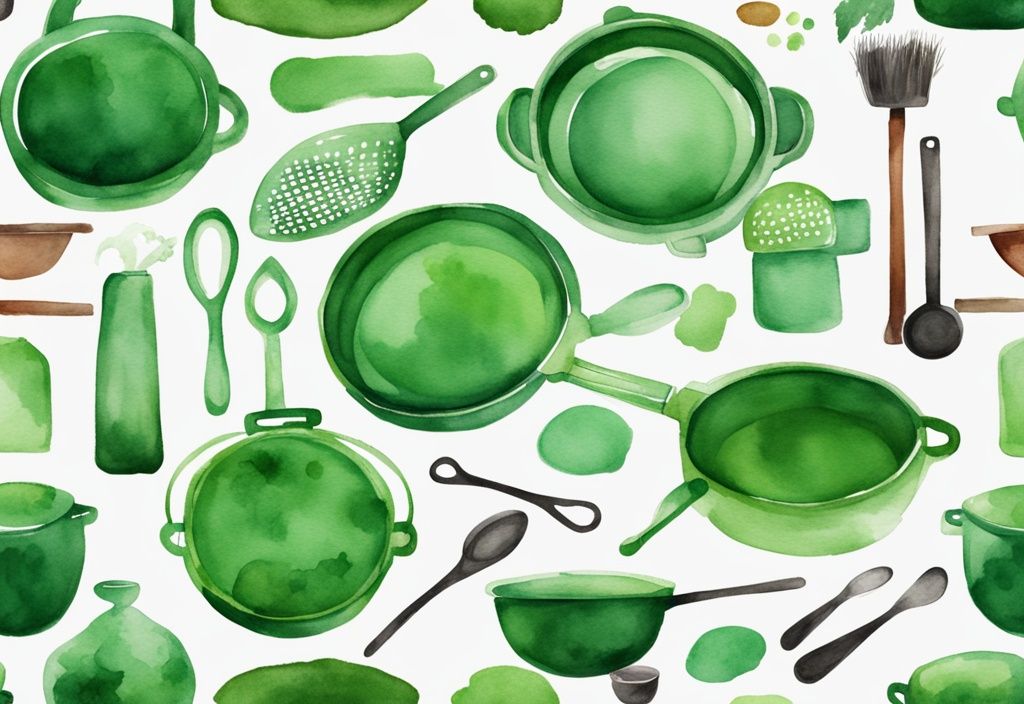
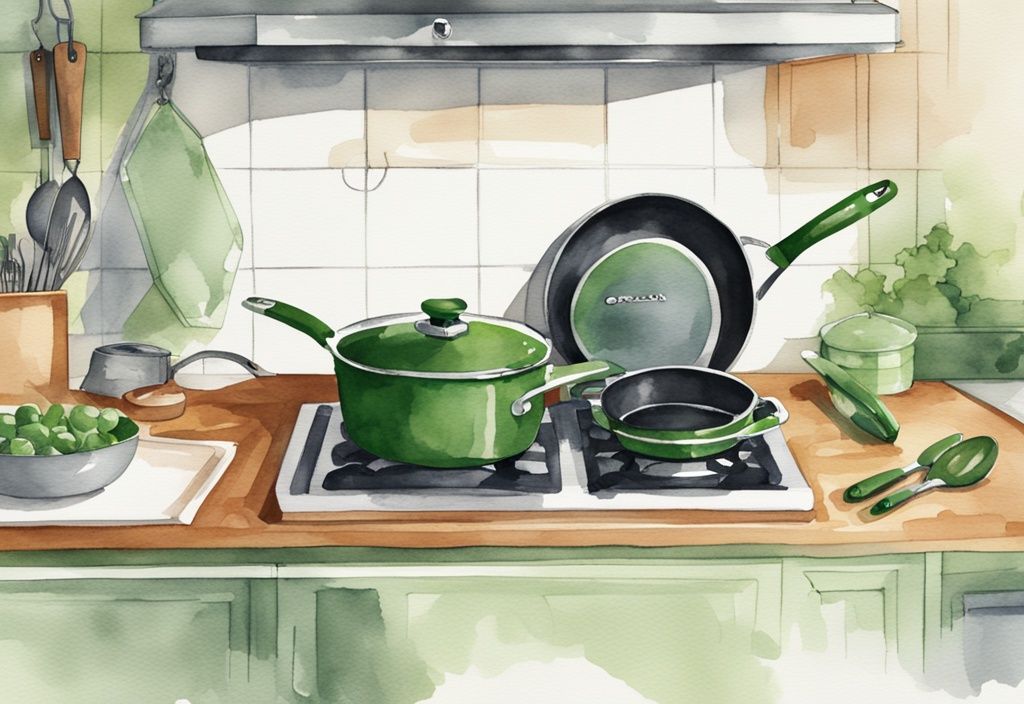
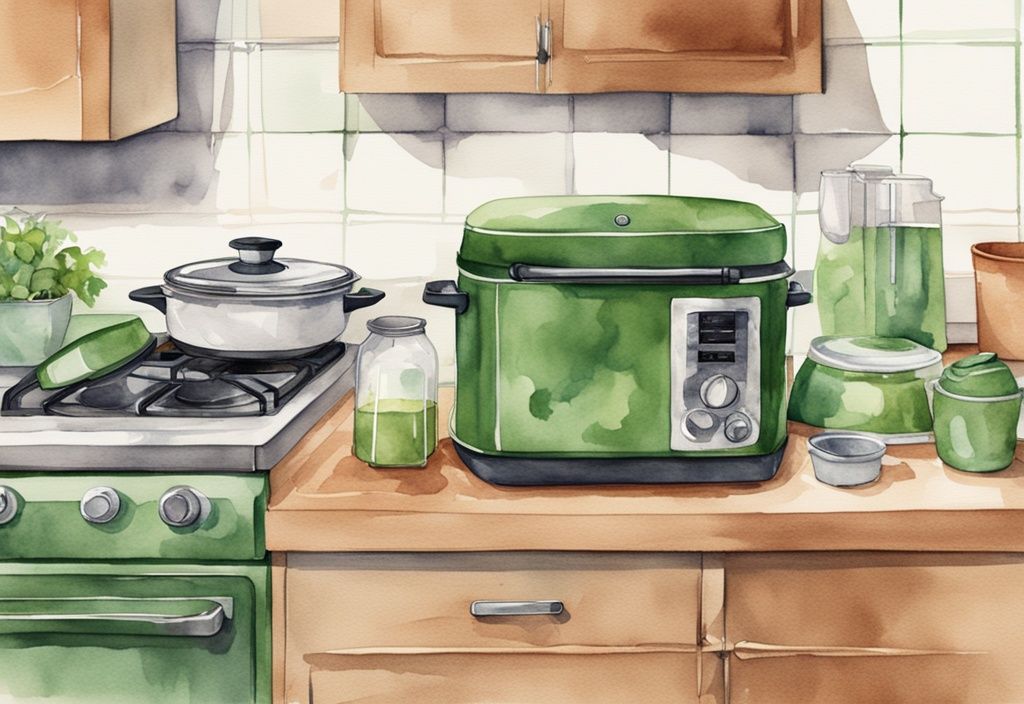
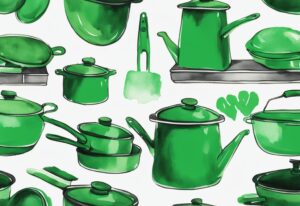


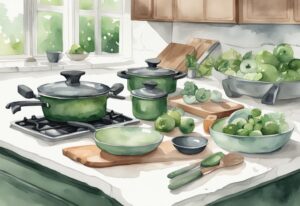
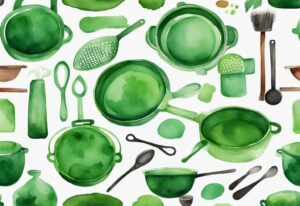





Post Comment